Reflection methods
ATR method
This is a reflection measurement method based on penetration of infrared light into a sample, where the light is totally internally reflected by a prism. Measurements can be performed simply by placing the sample in close contact with the prism. When measuring acidic and alkaline solutions, use a diamond prism that will not corrode.
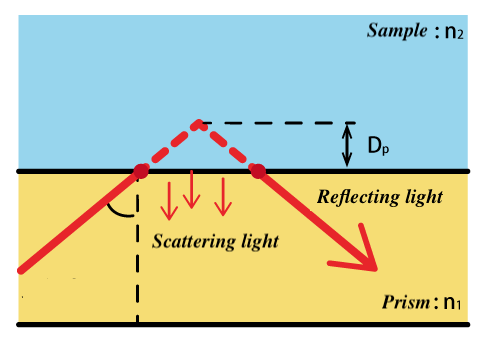
Fig. 15 ATR method
Diffuse reflection method
This method is used for powder samples, and the light that is measured has been repeatedly transmitted, scattered and reflected inside the sample. This light is called diffuse reflection. If the sample is strongly absorbing, it should be diluted using an infrared transmitting material such as KBr. If a quantitative analysis is needed, the reflectance can be calculated using the Kubelka-Munk transformation, and the resulting value is proportional to the concentration.
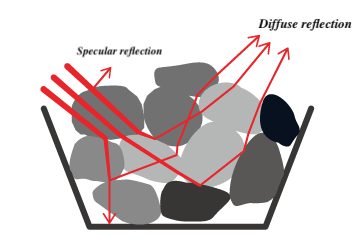
Fig. 16 Diffuse reflection method
Specular reflection method (surface)
This method detects specularly reflected light from the smooth surface of a flat sample irradiated at an incidence angle of about 10°. The measured reflectance is compared to that for a reference mirror. The reflection spectrum may contain distortions due to variations in the refractive index, but these can eliminated using a Kramers-Kronig (KK) transformation.
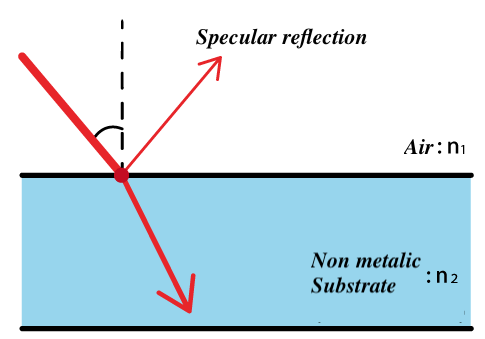
Fig. 17 Specular reflection method (surface)
Reflection absorption method
If the sample to be measured is a thin film on a metal plate, infrared light is reflected at the interface with the metal plate, so that the absorption spectrum for the thin film can be measured. There is no need to perform a KK transformation.
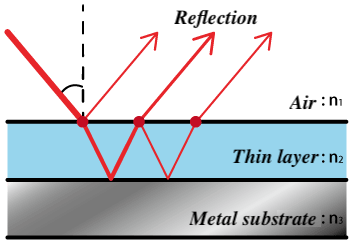
Fig. 18 Reflection absorption method
High-sensitivity reflection (RAS) method
When a very thin thin film on a metal substrate is irradiated with light that is polarized in a specific direction, only molecules with dipole moments that respond to this polarization vibrate. This leads to an increase in absorbance and a sensitivity that is one to two orders of magnitude higher than that for the transmission method. This is a highly sensitive method for thin films.
Related Posts:
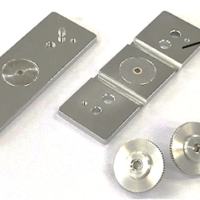 Use of Diamond Compression Cell for Different Sample Types
Use of Diamond Compression Cell for Different Sample Types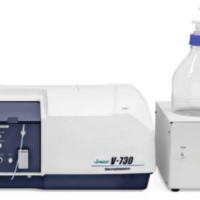 Quantitative Determination of Low-concentration…
Quantitative Determination of Low-concentration…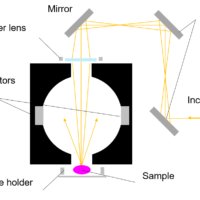 Diffuse Reflection Measurements of Tooth using…
Diffuse Reflection Measurements of Tooth using…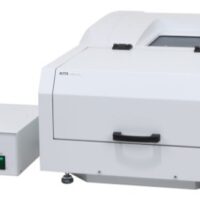 Evaluation of Spectral Characteristics of Dichroic…
Evaluation of Spectral Characteristics of Dichroic… Base Material and Dye Analysis - Combined Raman and…
Base Material and Dye Analysis - Combined Raman and… Evaluation of Reflectance of Microlens Surface using…
Evaluation of Reflectance of Microlens Surface using…
